As the demand for renewable energy continues to surge, selecting the right solar panel system for your house has become a critical decision for homeowners looking to reduce their carbon footprint and energy bills. According to the U.S. Department of Energy, the solar market has grown significantly, with installation numbers increasing by over 167% from 2010 to 2020. Furthermore, the National Renewable Energy Laboratory reports that residential solar energy systems can save homeowners an average of $20,000 over 20 years. With advancements in technology and a wide variety of products available, it is essential to understand the key factors in choosing the best solar panel system for your house to maximize efficiency and savings. This guide will provide insight into critical considerations including system performance, installation costs, and available incentives, empowering you to make an informed decision that suits your energy needs and budget.
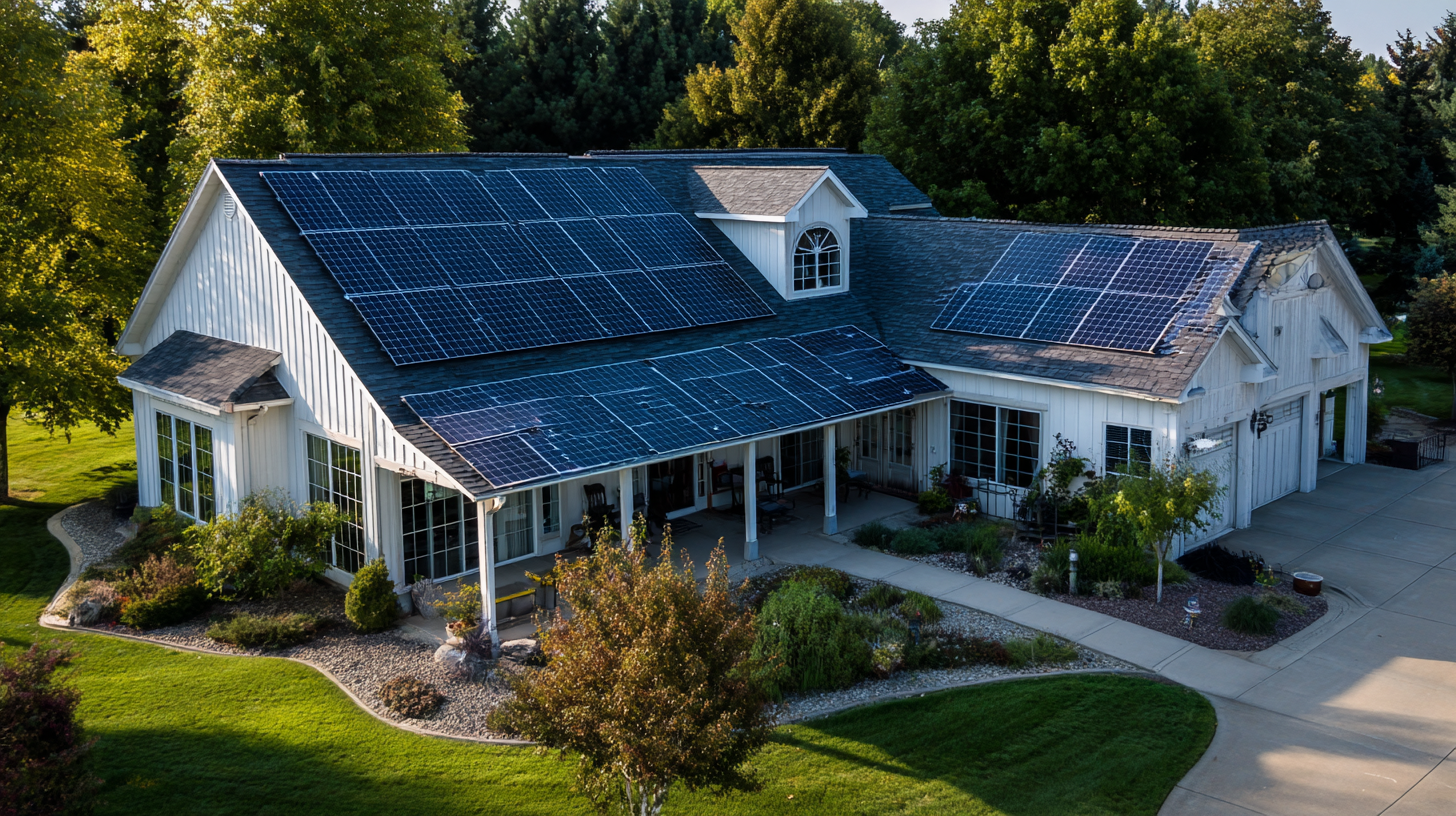
When choosing a solar panel system for your home, one of the most critical steps is assessing your energy needs and consumption patterns. This process begins with reviewing your past electricity bills to determine your average usage. Look for trends in your energy consumption throughout the year, which may indicate higher usage during specific seasons or months. Understanding these patterns will help you gauge how much energy the solar system needs to generate to meet your household demands.
Additionally, consider factors that influence your energy needs, such as the size of your home, the number of inhabitants, and specific appliances you use. If you have plans to expand your home or add energy-intensive devices like electric vehicles or smart home technology, factor these into your calculations. By accurately assessing your energy consumption, you can avoid over or under-sizing your solar panel system, ensuring it operates efficiently and effectively to reduce your energy bills and carbon footprint.
When choosing a solar panel system for your home, understanding the different types of solar panels and their efficiencies is crucial. The most common types include monocrystalline, polycrystalline, and thin-film solar panels. Monocrystalline panels are known for their high efficiency and sleek appearance, making them a popular choice for residential installations. Polycrystalline panels tend to be less expensive but typically offer lower efficiency. Thin-film panels, while versatile and lightweight, provide the least efficiency among the three.
Recent trends indicate that the solar panel market is on the rise, with a projected compound annual growth rate of 12.2% between 2024 and 2031. As technology continues to advance, N-type solar cells are emerging as a high-efficiency option in the photovoltaic industry, showing promise for future applications. Understanding these variations can help homeowners make informed decisions based on their energy needs and budget. Regular maintenance, such as cleaning the panels, is also essential to maximize performance and lifespan, highlighting the importance of proper care in maintaining solar panel efficiency.
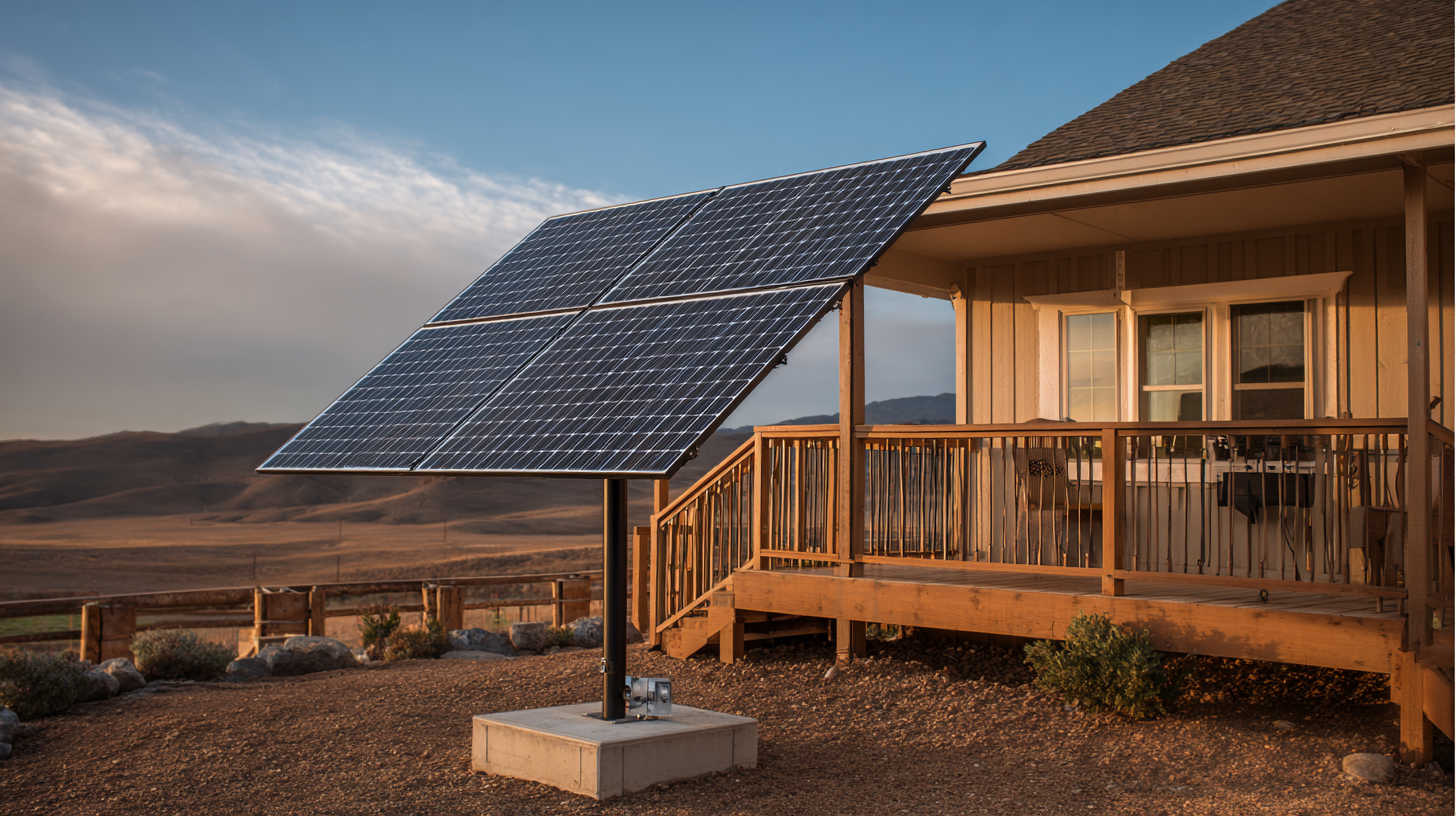 When considering the installation of a solar panel system, evaluating your roof's suitability is a crucial first step. Begin by assessing the orientation of your roof. Ideally, roofs that face south receive the most sunlight throughout the day, making them favorable for solar panel installation. East and west-facing roofs can also be effective, although they may not capture as much light as south-facing roofs. The pitch of your roof is another factor; a moderate slope can enhance sunlight exposure, whereas flat roofs may require additional mounting systems to optimize angles.
When considering the installation of a solar panel system, evaluating your roof's suitability is a crucial first step. Begin by assessing the orientation of your roof. Ideally, roofs that face south receive the most sunlight throughout the day, making them favorable for solar panel installation. East and west-facing roofs can also be effective, although they may not capture as much light as south-facing roofs. The pitch of your roof is another factor; a moderate slope can enhance sunlight exposure, whereas flat roofs may require additional mounting systems to optimize angles.
Next, inspect the condition of your roof. A sturdy, well-maintained roof is essential for supporting solar panels. Look for any signs of wear, such as missing shingles or leaks, which could compromise both the integrity of the roof and the performance of the solar system. Additionally, consider shading from nearby trees or structures. Even partial shading can significantly reduce energy production, so it’s crucial to evaluate how shadows change throughout the day and year. By carefully analyzing these aspects, you can determine if your roof is a good candidate for solar panels, ensuring a successful and efficient installation.
When considering a solar panel system for your home, understanding the financial incentives and long-term savings is crucial. Currently, the average U.S. household spends approximately $1,400 annually on electricity. By switching to solar energy, homeowners can save up to $1,000 each year on their utility bills, depending on their location and energy consumption. A report from the National Renewable Energy Laboratory (NREL) indicates that the cost of solar installations has plummeted by about 70% since 2010, making it more affordable than ever.
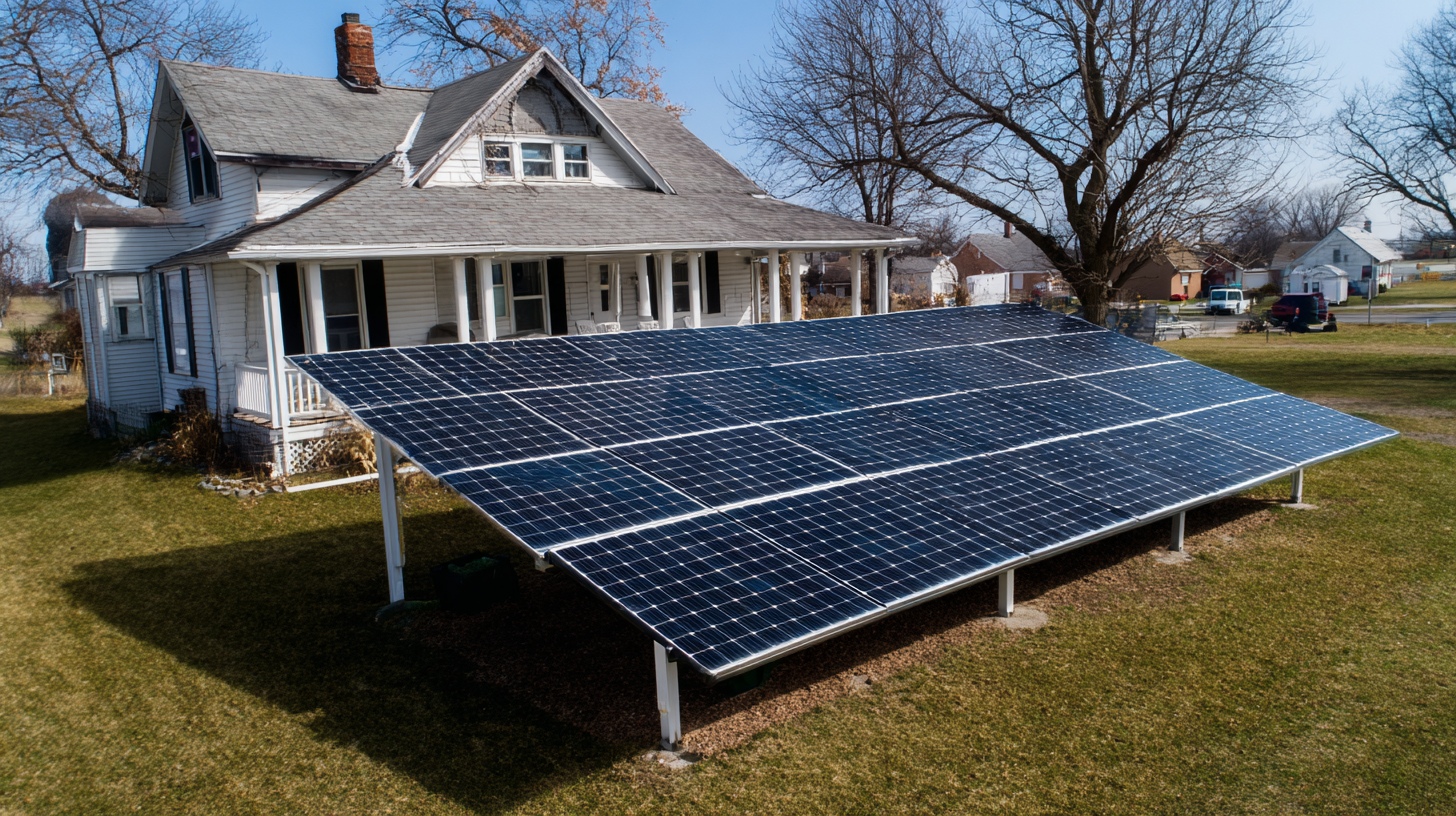
In addition to direct savings on energy bills, various government incentives can further enhance the financial benefits of installing solar panels. The federal solar tax credit allows homeowners to deduct 26% of the installation costs from their federal taxes, a significant opportunity that is set to decrease in the coming years. States and local governments may also offer rebates or performance-based incentives. According to a study by the Solar Energy Industries Association (SEIA), homeowners may recoup their initial investment within 5-7 years, significantly increasing their property's value. As more people shift towards renewable energy, opting for solar power not only contributes to a sustainable environment but also offers substantial economic advantages in the long run.
When selecting the best solar panel system for your home, one of the most critical steps is choosing a reliable solar installer. According to the Solar Energy Industries Association (SEIA), the quality of installation can significantly impact system performance and longevity. Homeowners should look for installers who are certified by the North American Board of Certified Energy Practitioners (NABCEP), as this certification indicates a higher level of expertise and adherence to industry standards.
Comparing quotes from multiple solar installers is essential for making an informed decision. Recent surveys indicate that homeowners can save an average of 20% on installation costs by obtaining at least three quotes. When reviewing these quotes, it’s important to assess not only the initial pricing but also the warranties offered, equipment quality, and customer reviews. Research from the EnergySage Solar Marketplace shows that systems installed by more reputable contractors tend to have lower maintenance costs and better overall efficiency, underscoring the value of thorough research in the selection process.
This chart compares the average costs and efficiencies of different types of solar panel systems available for residential use. The data reflects the potential savings and efficiency ratings based on current market trends.
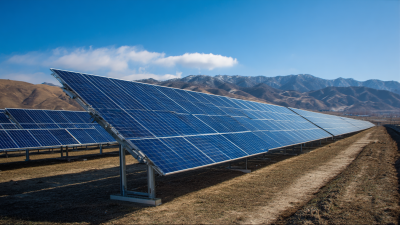
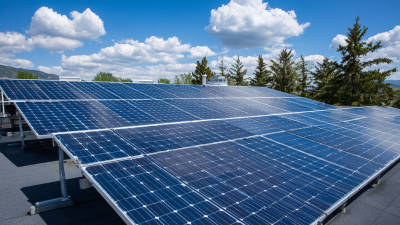
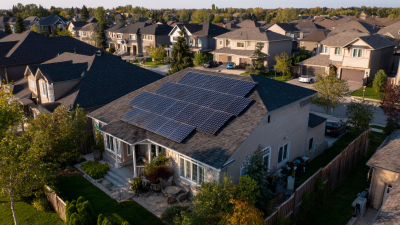
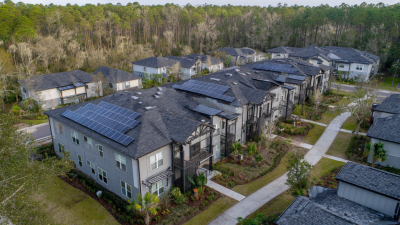


As electricity costs continue rising, many small households in Maharashtra seek sustainabl...Read More
Uttar Pradesh is making significant progress in adopting renewable energy, particularly so...Read More
With the Indian government actively promoting renewable energy through subsidies and polic...Read More
Tired of watching your electricity bills climb month after month and strain your pockets? ...Read More
Switching to solar energy in Gujarat has never been more profitable! With plenty of sunlig...Read More
If you live in Madhya Pradesh and want to save money on power while living a greener lifes...Read More
If you’re a resident of Bangalore looking to save on your skyrocketing electricity b...Read More
If you live in Karnataka and have been looking for an environmentally friendly, cost-effec...Read More
Delhi is a city that thrives on its vibrant energy, and what better way to complement that...Read More
As electricity costs continue rising, many small households in Maharashtra seek ...Read More
Uttar Pradesh is making significant progress in adopting renewable energy, parti...Read More
With the Indian government actively promoting renewable energy through subsidies...Read More